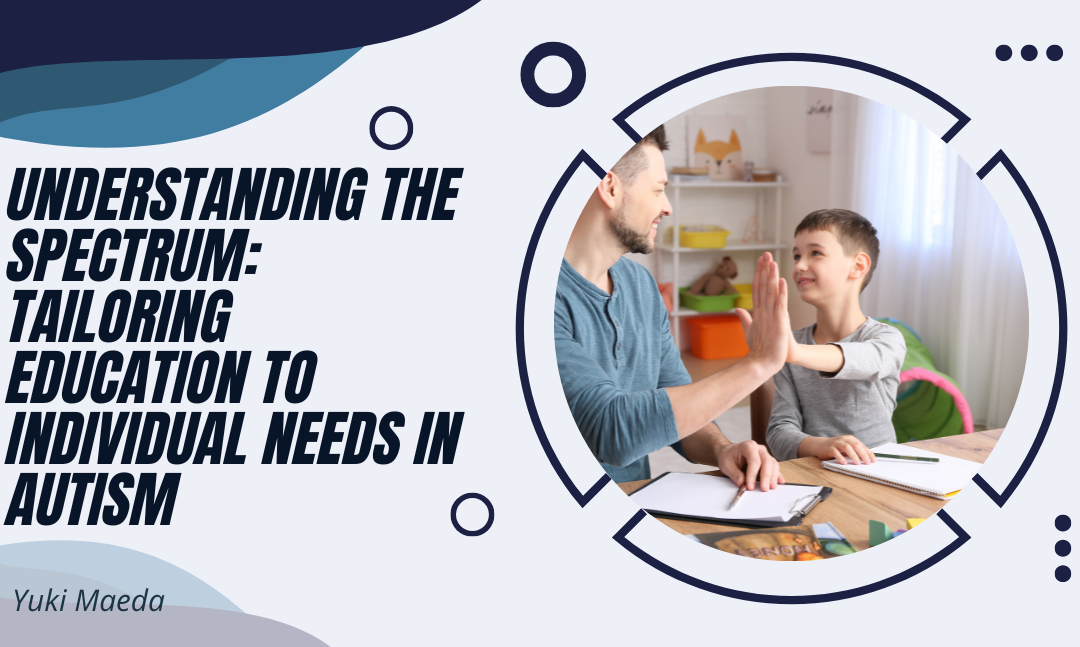Autism Spectrum Disorder (ASD) is a complex and multifaceted condition that affects how individuals perceive the world and interact with others. As the term “spectrum” suggests, autism presents in a wide variety of forms and intensities, with each individual displaying a unique set of strengths and challenges. This diversity makes it essential for educators, caregivers, and policymakers to move away from a one-size-fits-all approach to autism education. Instead, tailored learning strategies that recognize and respond to individual needs are key to unlocking the potential of students with autism.
Understanding the spectrum begins with acknowledging that no two students with ASD are the same. Some may be highly verbal, others nonverbal. Some may have exceptional talents in areas like math, music, or art, while others may struggle with sensory processing or social interactions. This variability calls for a flexible and individualized approach to education that considers each student’s communication style, interests, emotional regulation, and cognitive abilities.
A cornerstone of effective autism education is the development of an Individualized Education Program (IEP). The IEP is a legally mandated document in the United States for students with disabilities, outlining specific educational goals, services, accommodations, and methods of assessment. When done correctly, an IEP is much more than a formality—it is a personalized roadmap that guides educators in creating meaningful learning experiences for students with ASD.
Communication strategies must also be adapted to the needs of the student. For example, visual supports such as picture schedules, social stories, and communication boards can help students who struggle with verbal language understand daily routines and expectations. Augmentative and alternative communication (AAC) devices are also valuable tools that allow nonverbal or minimally verbal students to express themselves, reducing frustration and enhancing participation in classroom activities.
Sensory needs play a significant role in the education of students with autism. Many individuals with ASD experience sensory sensitivities—whether hypersensitivity to noise, lights, or touch, or a lack of sensitivity that leads to sensory-seeking behaviors. Educators can support these needs by providing sensory-friendly spaces, using calming tools like noise-canceling headphones or weighted vests, and adjusting the physical classroom environment to reduce sensory overload.
Another crucial aspect of tailored education is leveraging student interests to drive engagement. Students with autism often have intense interests in specific topics, such as trains, animals, or technology. Integrating these passions into the curriculum can serve as a powerful motivator and facilitate deeper learning. For instance, a student fascinated by space exploration might enjoy reading assignments about astronauts or math problems involving planetary distances.
Behavioral strategies also need to be individualized. Positive Behavioral Interventions and Supports (PBIS) can help manage challenging behaviors while promoting desired actions. These strategies emphasize understanding the reasons behind behaviors—whether they stem from communication difficulties, anxiety, or sensory overload—and addressing them with empathy and consistency. Reinforcement systems, like token economies or personalized reward systems, can encourage positive behavior and help students learn self-regulation skills.
Collaboration is another essential ingredient in tailoring education for students with autism. Teachers, parents, therapists, and specialists must work together to ensure consistency and continuity across school and home environments. Regular communication and shared goals enable the entire support team to adjust strategies in real time, ensuring that students receive the most effective support possible.
Teacher training also plays a critical role in delivering individualized autism education. Educators need access to ongoing professional development that equips them with the knowledge and skills to recognize the diverse needs of students with ASD. This includes training in evidence-based practices, trauma-informed care, and cultural competency, as well as opportunities for reflection and peer collaboration.
Ultimately, tailoring education to the individual needs of students with autism is not just a best practice—it’s a matter of equity and respect. Every student deserves the opportunity to learn in a way that honors their strengths, supports their challenges, and celebrates their individuality. By embracing the diversity within the spectrum and committing to personalized approaches, educators can make meaningful strides in helping students with autism thrive academically, socially, and emotionally.

